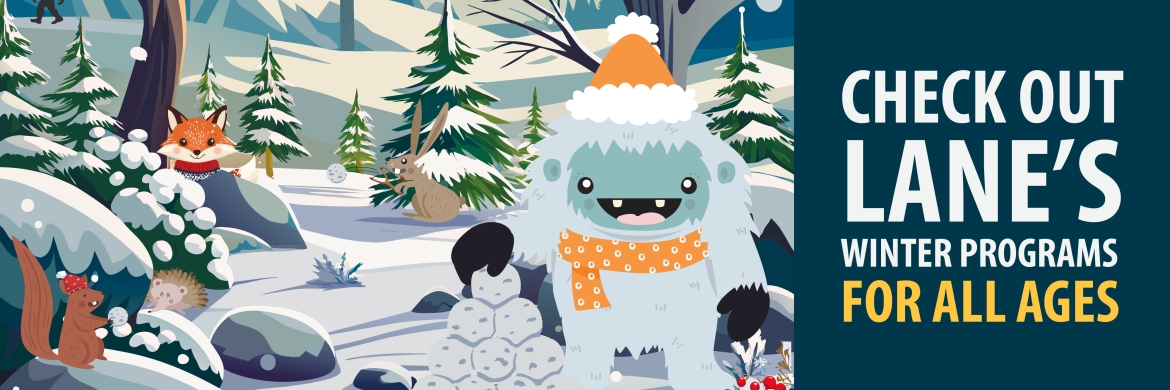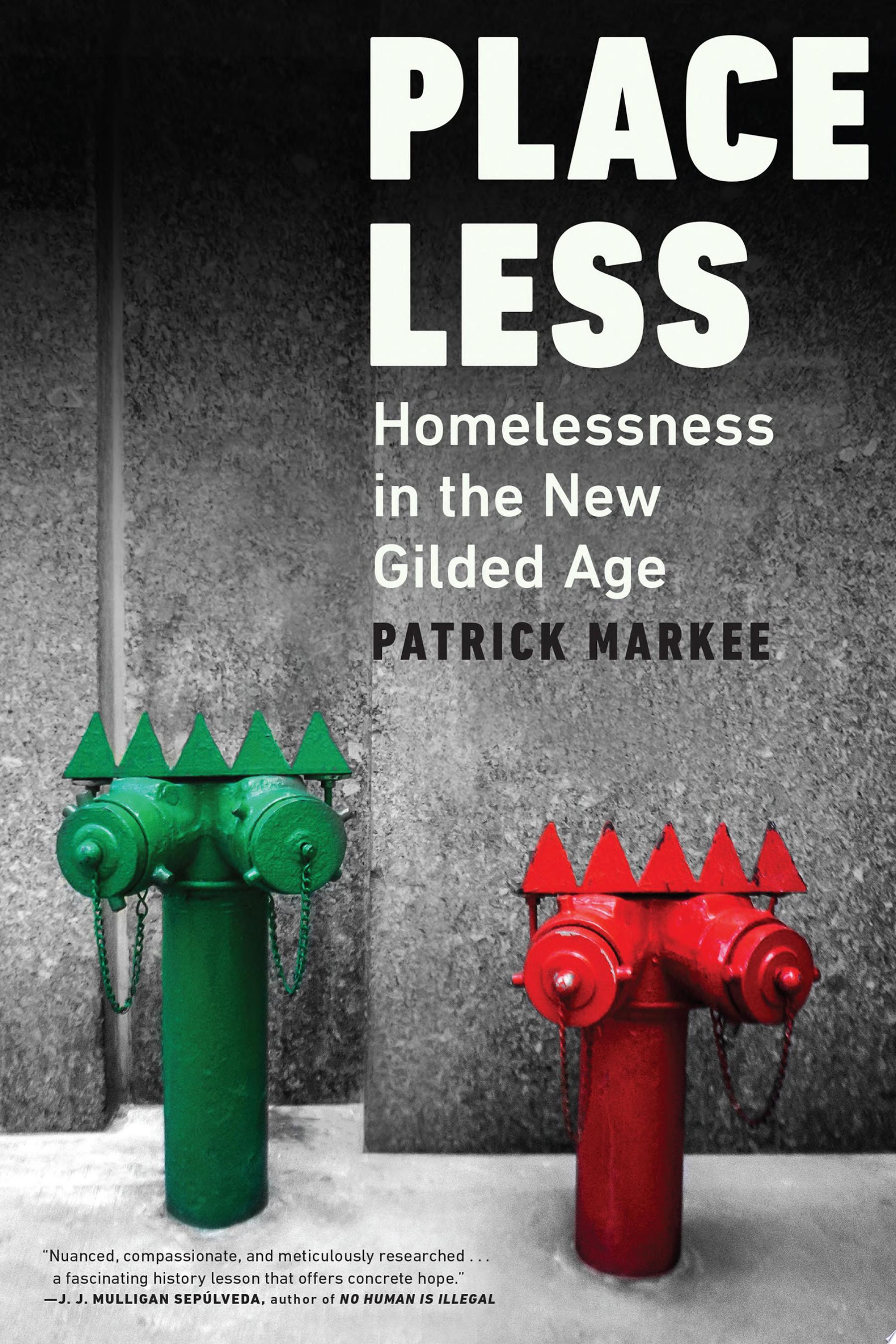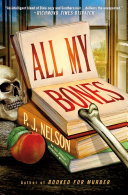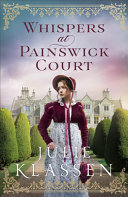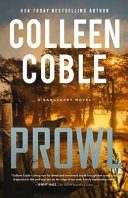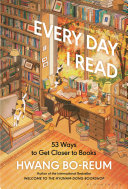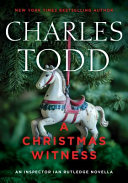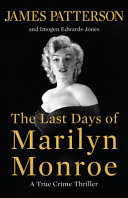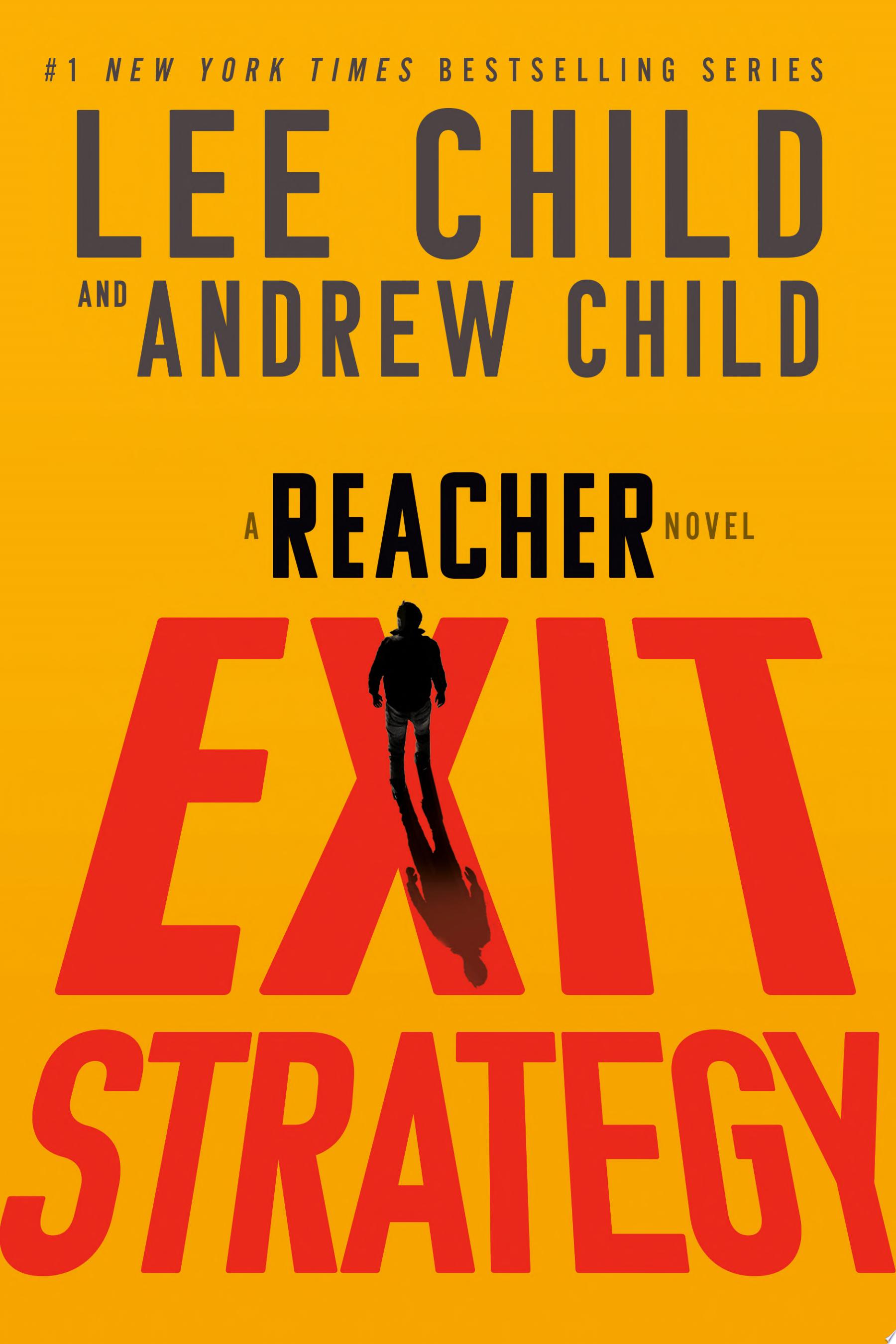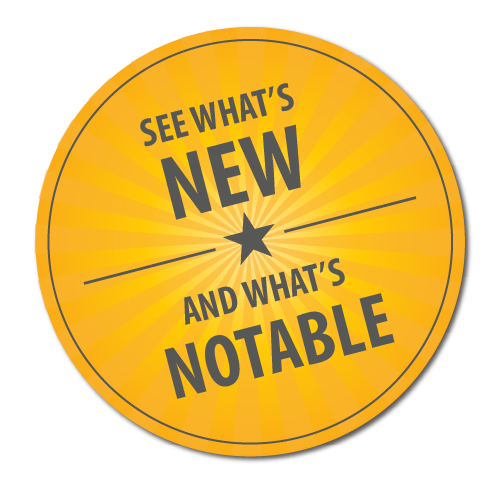Upcoming Events
This event is in the "Hamilton Lane Library" group
Library Branch:
Hamilton Lane Library
Age Group:
Children
Program Type:
Entertainment & Games
Event Details:
Ages 11 - under. Drop by during winter break to complete a scavenger hunt and earn a prize.
This event is in the "Oxford Lane Library" group
Library Branch:
Oxford Lane Library
Age Group:
Children
Program Type:
Entertainment & Games
Event Details:
Ages 11 - under. Drop by during winter break to complete a scavenger hunt and earn a prize.
This event is in the "Fairfield Lane Library" group
Library Branch:
Fairfield Lane Library
Age Group:
Children
Program Type:
Arts & Crafts
Event Details:
Ages 11 - under. Do you wanna build a snowman? Search the library for hidden snowman parts to build your own snowman and win a prize.
This event is in the "Hamilton Lane Library" group
Library Branch:
Hamilton Lane Library
Age Group:
Adults
Program Type:
Educational,
Entertainment & Games
Event Details:
Packet pickup: Jan 2 - 9. Pick up a trivia packet each month and submit your answers for a chance to win prizes! (No using the internet for trivia help!)
Jan – What’s in Your Mug?
This event is in the "Hamilton Lane Library" group
Library Branch:
Hamilton Lane Library
Room:
Hamilton Meeting Room
Age Group:
Adults
Program Type:
Book Club,
Books & Reading
Event Details:
Join us each month for an enjoyable discussion of books.
Jan 6 – Murder Takes a Vacation by Laura Lippman
This event is in the "Fairfield Lane Library" group
Library Branch:
Fairfield Lane Library
Room:
Fairfield Meeting Room
Age Group:
Adults
Program Type:
Arts & Crafts
Registration Required
Event Details:
Crafters and non-crafters unite and put your DIY skills to the test. Join us each month as we try a new craft.
Jan 6 – Pom Pom Penguins


